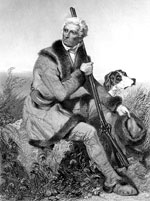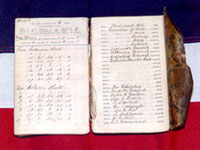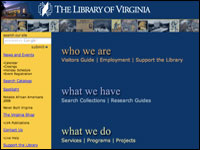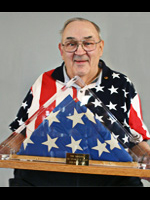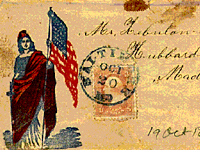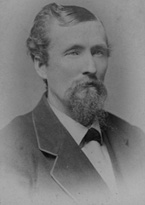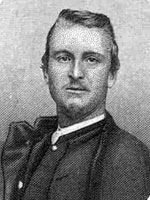Beyond the Movie: Pearl Harbor
From the Snag Learning website:
"Explore the real stories, real heroes, real places, and real action underlying the Touchstone Pictures release Pearl Harbor. Did the characters portrayed in the feature film really exist? How did the moviemakers decide when to use real events and when to foray into fiction? National Geographic documents how real life history and fiction came together to make a fascinating story. Spellbinding scenes from the film are juxtaposed with authentic combat footage and insights from historians, combat veterans, top-ranking military personnel, and the film’s all-star cast and crew."


